The development history of Apple
No company has ever been valued at over $1 trillion before Apple, making it the only company to achieve this feat. The technology company has surprised its consumers over the years with its blend of innovative products and services.
It took years of ups, downs, and eventually successes to get to this amazing milestone. Apple’s journey so far has been filled with many twists, transforming from a company based out of a small Californian garage to the market leader at the moment.
The foundation of Apple Inc.
Apple was launched as a company in 1976 by Steve Jobs, Steve Wozniak, and Ronald Wayne to sell the Apple I computer built by Wozniak. The company’s first office was located in Jobs’ childhood garage.
The Apple I was sold in July 1976 for $666.66 (a tribute to Wozniak’s liking of repeating numbers) as a motherboard with CPU, RAM, and basic video chips without a keyboard, monitor, or case that were later added in 1977.
Ronald Wayne, one of the co-founders, left just two weeks after starting the business. He accepted $800 for his stake in Apple. This would be worth $72 billion today.
He also drew the very first Apple logo that was eventually replaced by Rob Janoff with his well-known bitten apple design in 1977.
Apple Computer Inc. Corporation officially started operations on January 3rd, 1977. Mike Markkula provided essential funding and business acumen after being awed by Apple’s design.
Markkula, the third employee, held a one-third stake in the company and recommended Michael Scott as the company’s first president and CEO. He believed that Jobs, despite his vision, was too young and inexperienced for the role.
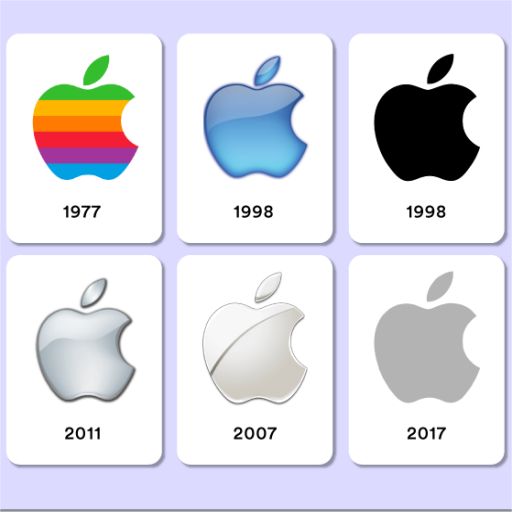
The Apple II and III: A new era in computing
In 1977, Wozniak designed Apple II, which was introduced by the company. To its erstwhile competitors like Tandy and Commodore PET, Apple II differed so much because of the addition of VisiCalc, the world’s first “killer app."
This was groundbreaking spreadsheet software that revolutionized office productivity and compatibility. It was the inclusion of color graphics that helped to make it popular, making Apple II become recognized in the computer industry.
By 1978, Apple had radically grown as an organization and so created proper offices and an assembly line for manufacturing their computers, namely the Apple II.
The company grew explosively, with revenues skyrocketing from just $775,000 to $118 million between September 1977 and September 1980—an average annual growth rate of 533%.
Another huge milestone occurred in 1979, when Steve Jobs visited Xerox PARC along with some other employees who were impressed by innovations such as the laser printer, mouse, and Ethernet.
In return for this exchange, Apple obtained an option to buy 100,000 shares at $10 per share. Apple released the Apple III in response to competition from IBM and Microsoft, which had been on a rise since then.
However, Job’s model failed in the market due to design errors such as overheating due to no fans and vents in it.
After his visit to the PARC, Jobs made a decision to develop a Graphical User Interface (GUI) for the next Apple computer generation.
Eventually, that resulted in the development of the Apple Lisa, which had an innovative GUI but was released at high prices and with limited software support in 1983.
Apple went public on December 12th, 1980, with its initial offering price per share being $22. The IPO was very successful as it helped the company raise $217 million, the highest gain ever from an IPO since Ford Motor Company went public in 1956.
This event made Steve Jobs an instant billionaire and 300 others millionaires, marking a turning point in Apple’s history.
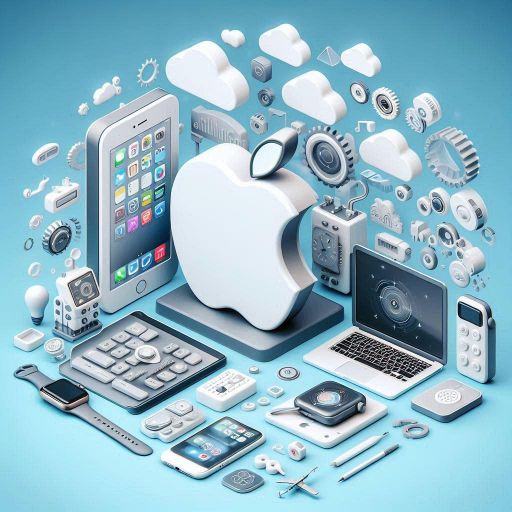
The Macintosh: revolutionizing personal computing
Steve Jobs took over the Macintosh project after being kicked out of the Lisa team. He aimed to come up with user-friendly computers that could change personal computing forever.
The first mass-produced home PC that integrated both Graphical User Interface (GUI) and mouse, i.e., the Apple Macintosh, was introduced in January 1984.
The Macintosh was so successful in the market due to its high profile marketing, including a famous 1984 Ridley Scott-directed Super Bowl commercial. This single commercial was aired once, but it became a topic of conversation.
The price tag of $2,495 for the Macintosh was expensive but affordable for many home users, especially considering its advanced graphical capabilities.
Its black-and-white graphics and design made it popular among design professionals and the desktop publishing community. In addition to the easy-to-use interface, the Macintosh had a carrying handle, making it portable.
In May 1984, Apple shipped 70,000 units after the commercial, proving how much impact its launch had. Around this time, Steve Jobs had employed John Sculley as Apple’s new CEO.
Jobs convinced Sculley, who was Pepsi's youngest CEO at the time, by uttering the words, “Do you want to sell sugared water for the rest of your life? Or do you want to come with me and change the world?"
Despite these promising beginnings, tension soon emerged between Jobs and Sculley. The Macintosh struggled to challenge IBM’s dominance, and conflicts arose over the direction of future products.
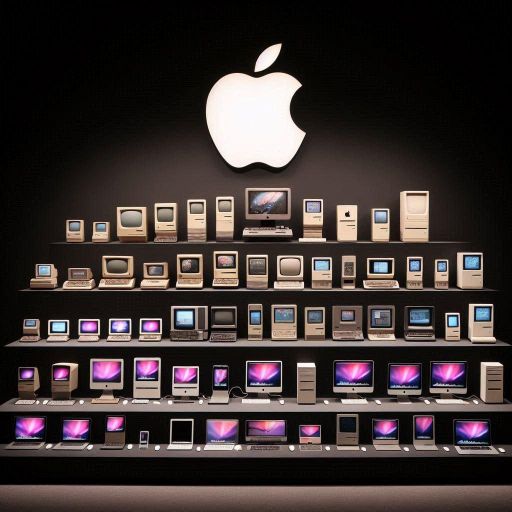
Apple without Steve Jobs
Steve Jobs had a lot of issues with CEO John Sculley in 1985, which later led to his ousting from the company. In an attempt to remove Scullet through a failed coup, he left the company he helped establish.
Consequently, Jobs established NeXT, a company specializing in advanced workstations, while Wozniak also left Apple because he felt it was not moving in the right direction.
This situation was followed by the exit of Jobs and Wozniak, who were mainly involved with the creation of expensive top-of-the-range personal computers at Apple’s board level. Jean-Louis Gassée replaced Steve Jobs and came up with the “55 or die” policy as his own way of doing things.
The main target of this policy was obtaining about a 55% profit margin for every Macintosh II sold. This got characterized by high costs that attracted customers due to innovation in user interface.
Apple's struggle continued with confusing product lines and unsuccessful experiments in new tech. In 1993, John Sculley was replaced by Michael Spindler, who inherited the company's challenges, including a costly transition to the PowerPC processor.
Spindler was succeeded by Gil Amelio in 1996, who implemented layoffs and cost-cutting measures. Amelio’s tenure included the purchase of Jobs’ NeXT for $429 million, which ultimately led to Jobs' return to Apple and a turning point for the company.
OTHER NEWS
-
- The Rise of Mid-to-High-End Chips and Global Competition
- By Prodosh Kundu 01 Aug,2024
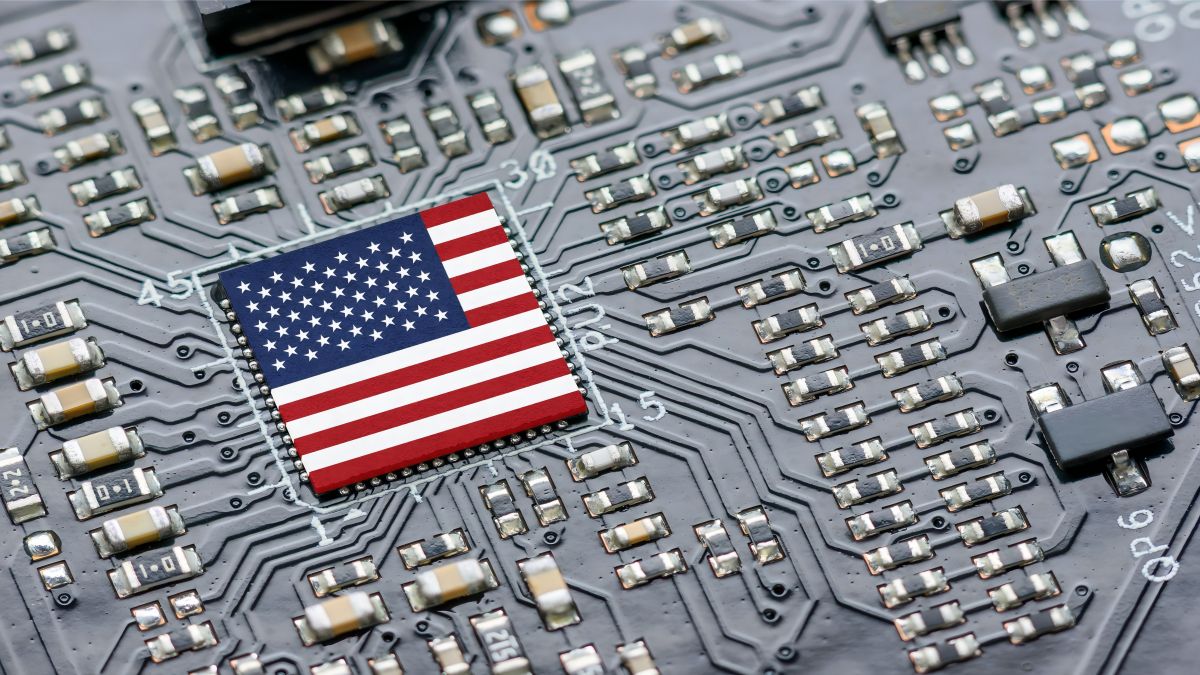
-
- The Profound Impact of Social Media on Digital Marketing Strategies
- By Molly Joshi 16 May,2024

-
- The History of the Technological Titan Google LLC
- By Prodosh Kundu 22 Jul,2024

-
- Applications of GPUs in AI and Gaming
- By Prodosh Kundu 01 Aug,2024
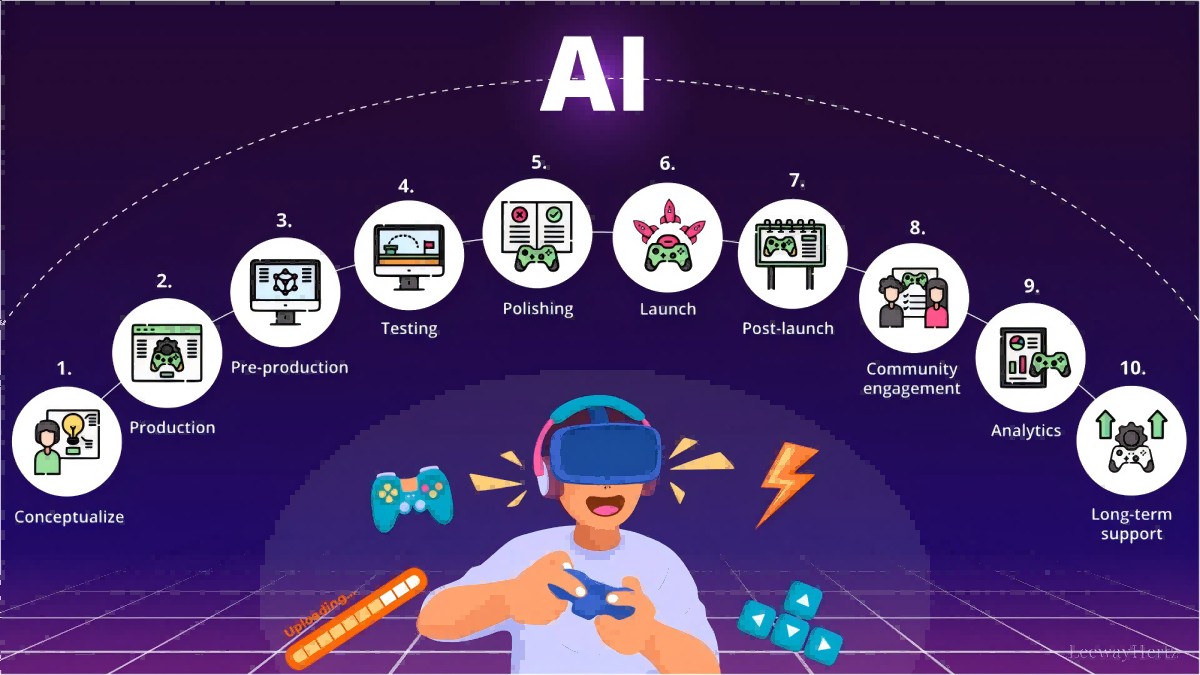
-
- The Rise of QUALCOMM from Inception to Innovation
- By Prodosh Kundu 23 Jul,2024

-
- The development history of Baidu
- By Prodosh Kundu 30 Jul,2024
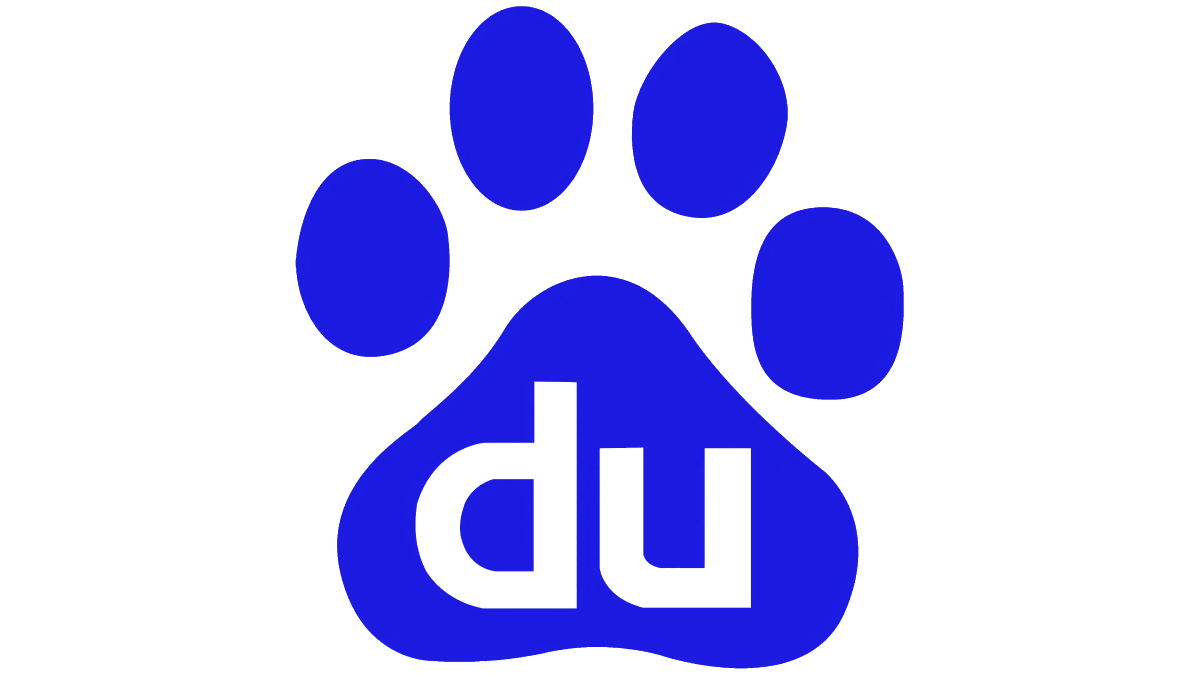
-
- How to Protect Your Online Privacy
- By Prodosh Kundu 12 Jun,2024

-
- The Evolution and Impact of Online Culture
- By Prodosh Kundu 03 Jun,2024

-
- The development history of Apple
- By Prodosh Kundu 01 Aug,2024
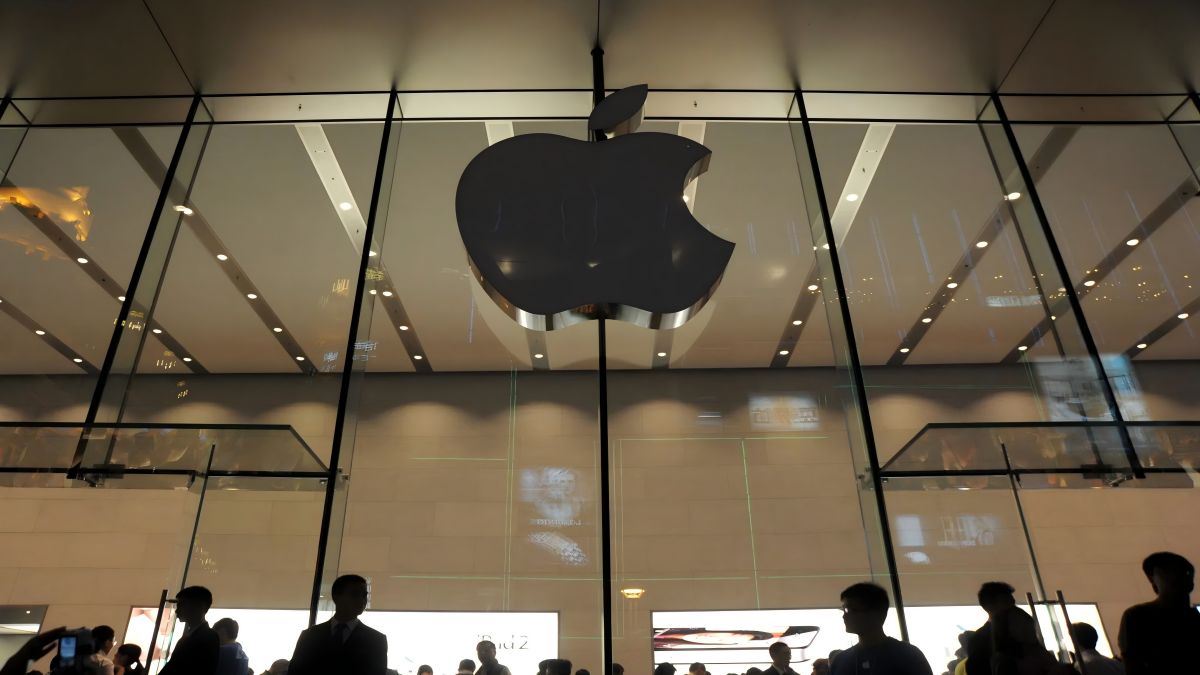
-
- The Journey of NVIDIA Corporation Since its Foundation
- By Prodosh Kundu 30 Jul,2024
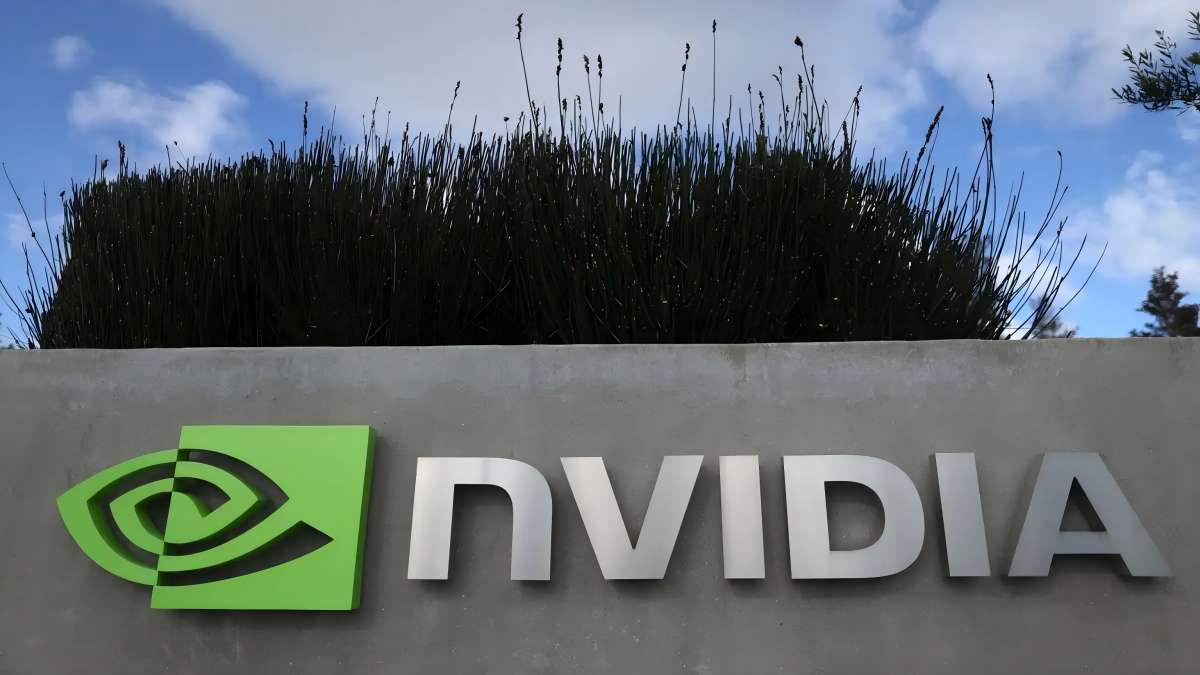
-
- The Powerful Impact of Social Media on Digital Marketing in Current Times
- By Ayesha Asif 16 May,2024

-
- The Evolution of TikTok: From Humble Origins to Global Phenomenon
- By Prodosh Kundu 25 Jul,2024
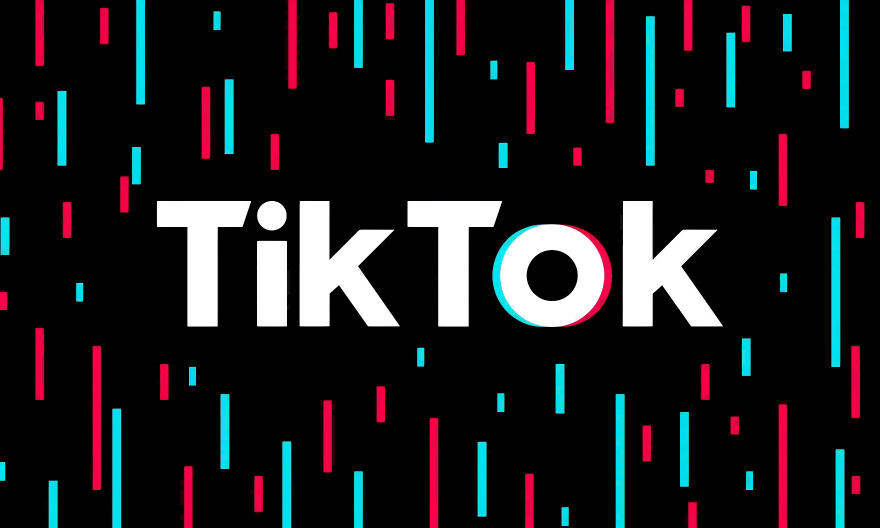
 1
1 1
1